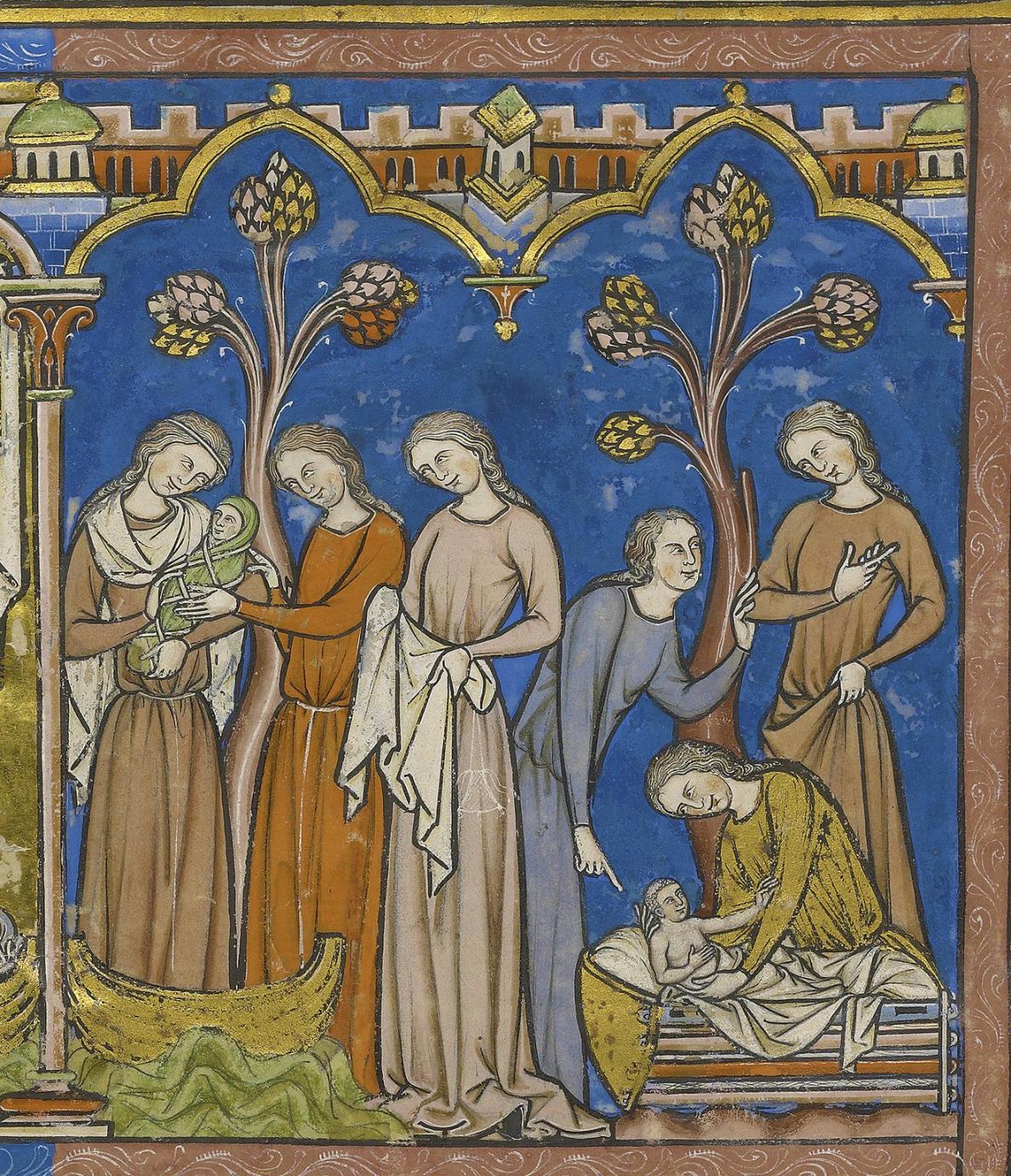An exhibition titled ‘The Crusader Bible: A Gothic Masterpiece,’ which includes more than 40 unbound pages from ancient French illuminated manuscripts of the Middle Ages, is on view at the Blanton Museum of Art at Austin.
On loan from The Morgan Library & Museum in New York, ‘The Crusader Bible’ features Old Testament scenes in medieval settings, with brilliantly colored illustrations attributed to seven anonymous artists, the website of the university reported.
The exhibit includes other rare treasures as well. It offers Muslim and Jewish viewpoints on biblical narratives, revealed through Persian illustrations of the story of Joseph from the Metropolitan’s collection and in the manuscript of Esther and Ahasuerus from The Jewish Theological Seminary’s ‘Ardashir-Nama’.
Ardashir-Nama (The Book of Ardashir/Ahasuerus) was written by Shahin Shirazi, a Persian Jewish poet of the 14th century. The book is a versification of the biblical Book of Esther recast as a Persian epic romance that resembles the works of the classical Persian poet Nizami Ganjavi.
Collectively, the works serve as a powerful reminder of the common roots of Judaism, Christianity and Islam, and underscore the complex confluence of the politics, culture and religion of the period.
“Not only a beautiful work of art, the Crusader Bible has a rich and complex lineage that will engage and immerse our visitors in 700 years of world history,” said Blanton director Simone Wicha.
Probably created in Paris during the 1240s for King Louis IX of France, the Bible then passed to the king’s younger brother, Charles of Anjou, who took it to Italy. More than four centuries later, the Archbishop of Cracow acquired and offered it as a diplomatic gift to the great Shah of Persia, Abbas I.
By the 18th century, the manuscript belonged to an anonymous Persian Jew. After its journey from France to Italy, Poland and Persia, the Bible traveled to Egypt, England and finally to The Morgan Library & Museum in the United States.
Originally it had no text, designed to appeal to a largely illiterate population. Biblical characters are depicted in guises familiar to medieval Europeans, including battling armored knights brandishing arms, and the setting is 13th century French villages and castles. During its centuries of world travels, owners added inscriptions written in Latin, Persian and Judeo-Persian.
The exhibition opened on December 12 and will be on view until April 3, 2016.


